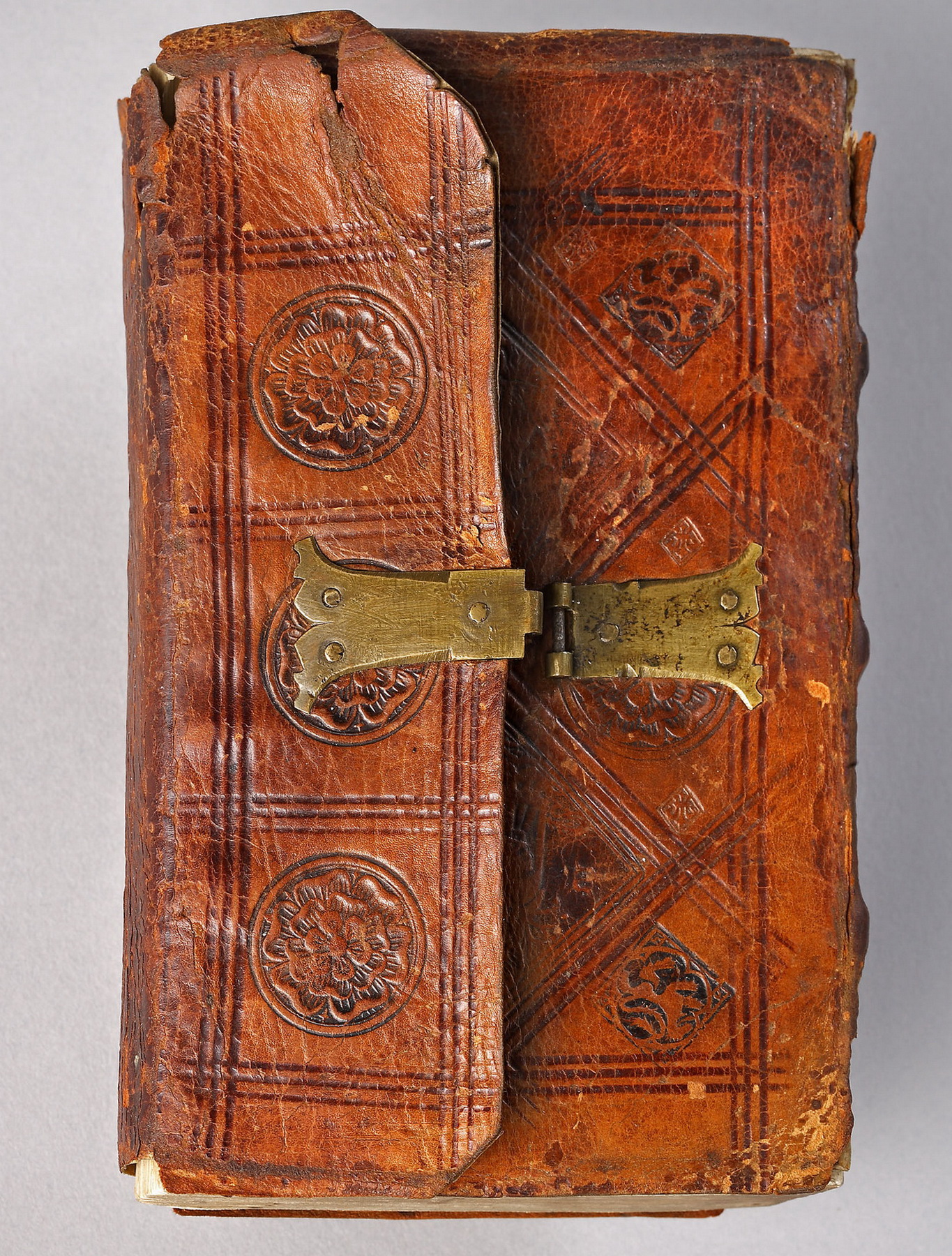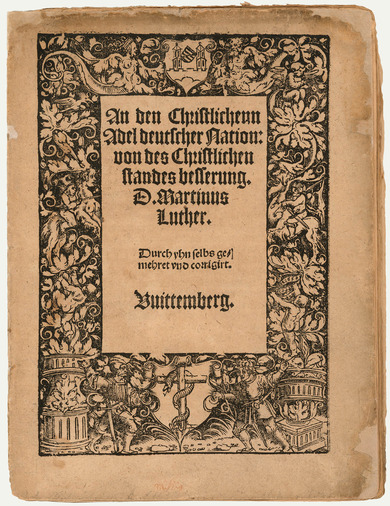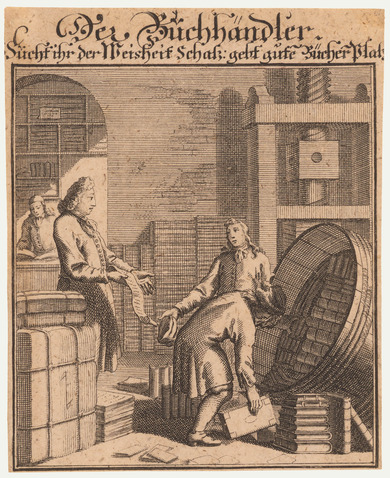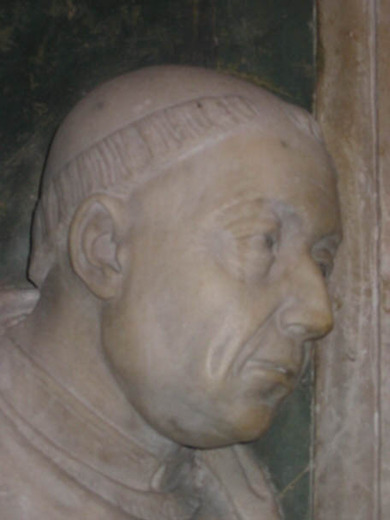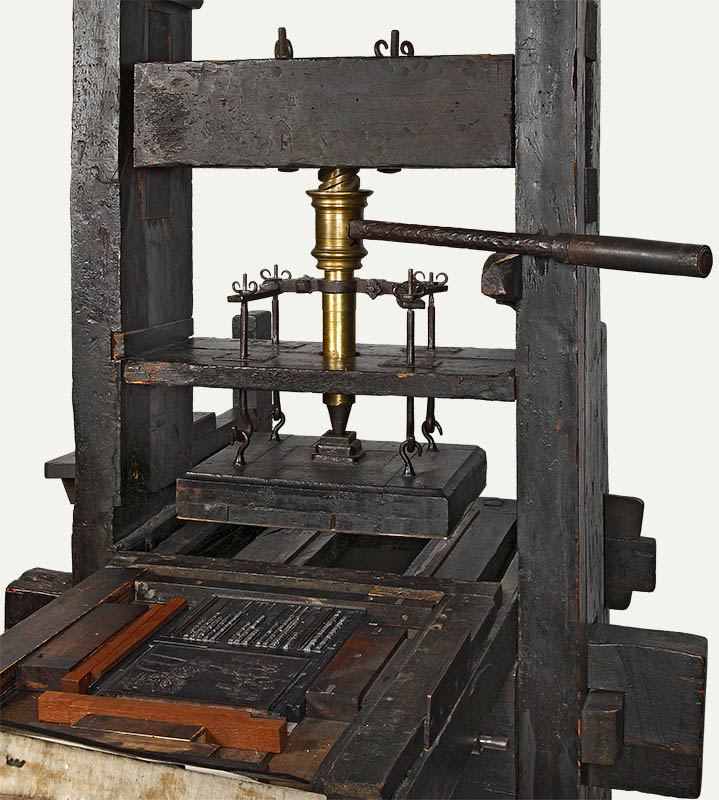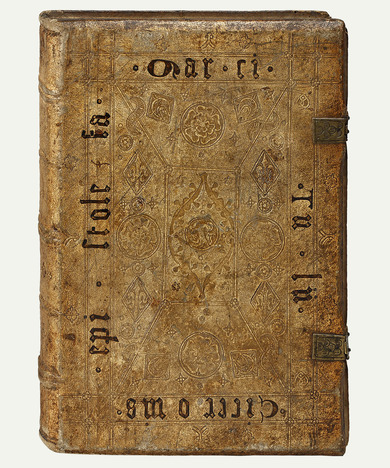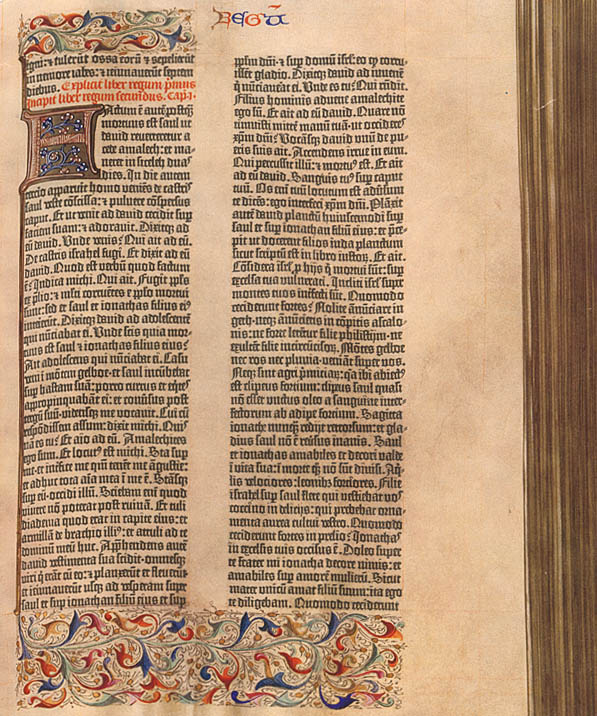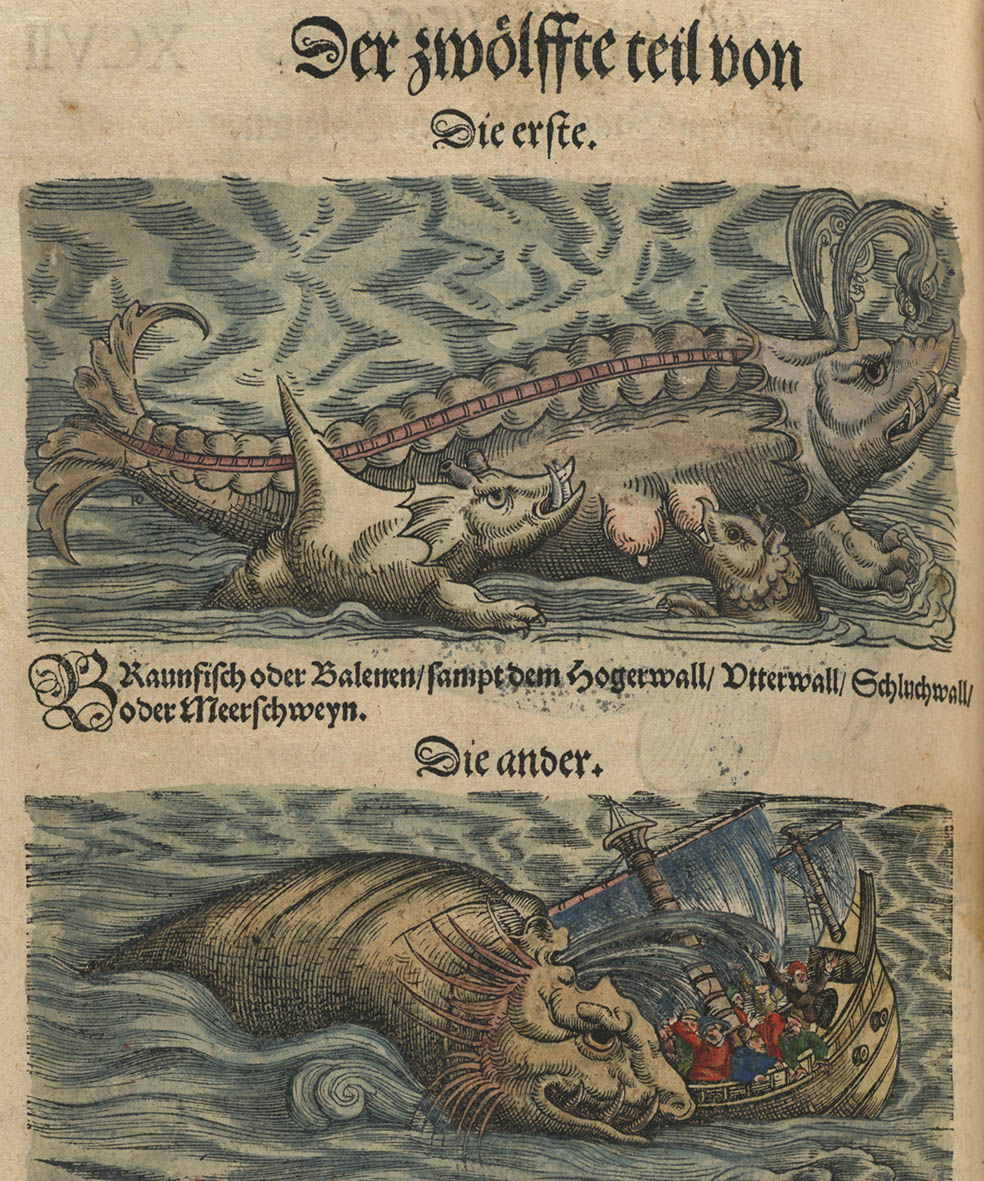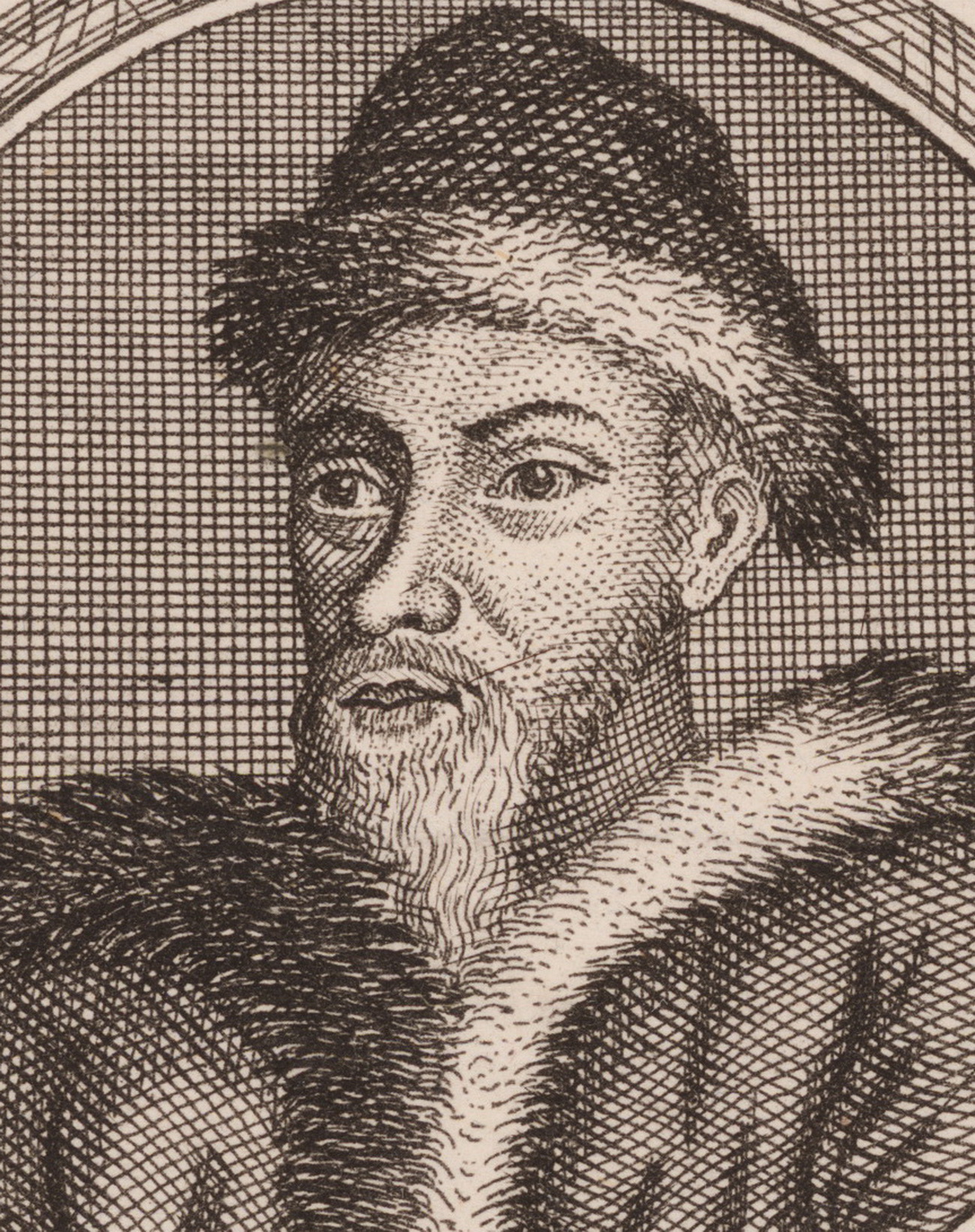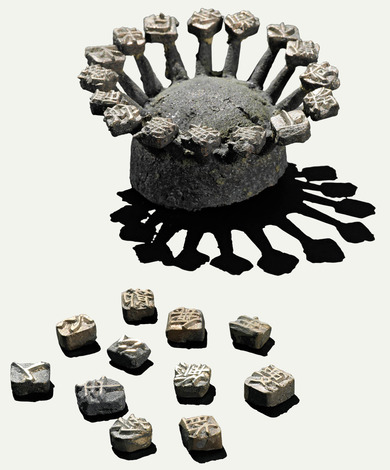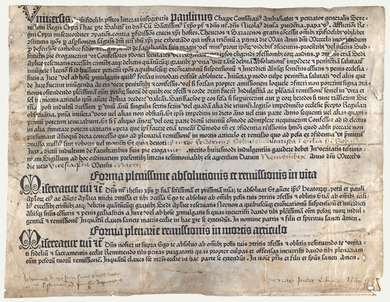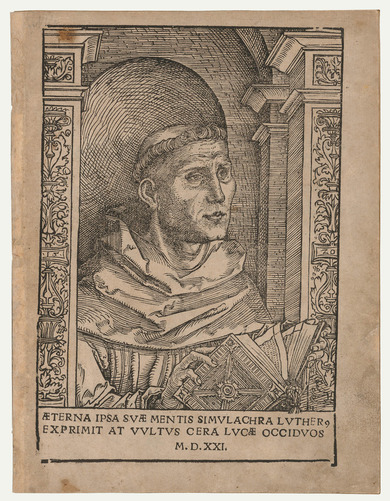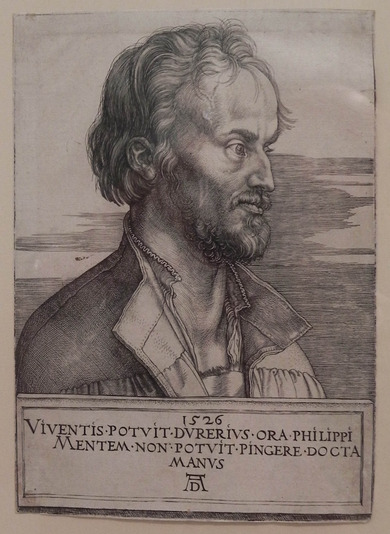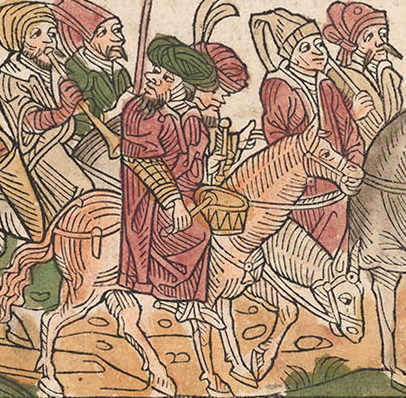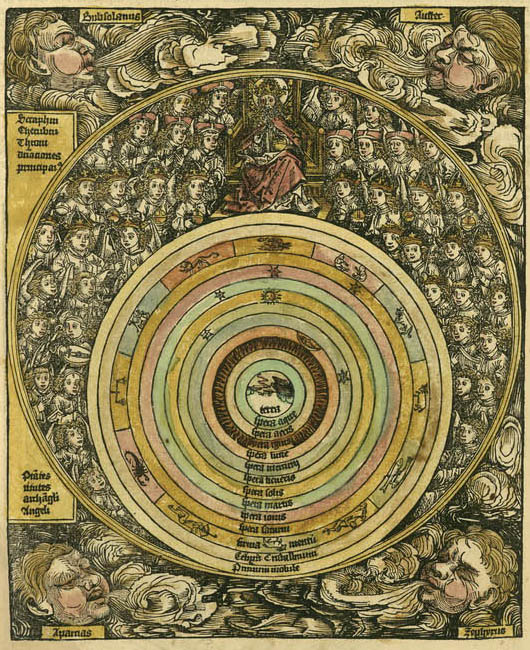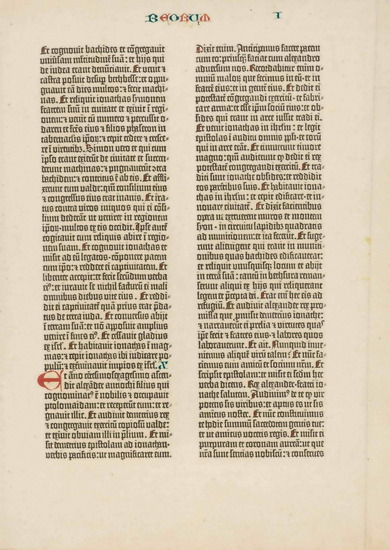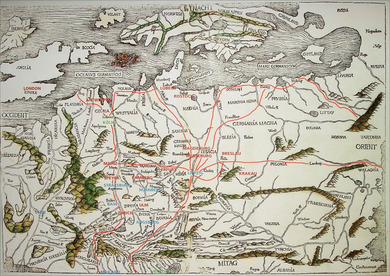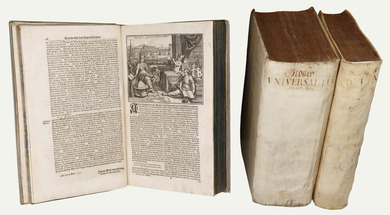The invention of book printing and moveable types caused a media revolution in the second half of the 15th century. The complex typesetting and printing technology developed by Johannes Gutenberg replaced the culture of hand-writing and paved the way for the mass production of identical books. Those who produced books and those who sold them divided up thus creating two new and separate branches of the economy. The printed book became a market product that made it possible to store knowledge in a longterm media and led to new information practices. Printing also gave rise to ideas concerning the democratisation of education. By the 18th century, the book had established itself as the leading medium in European culture.
The invention of book printing involved a complex technology from matrix production via casting the type to printing. Gutenberg took known techniques, improved and adapted them, and also invented new machines and methods. His casting instrument lay at the core of the invention. It provided for moveable letters as standard parts in high quantities and in the same quality. Texts could be put together flexibly, duplicated on the press and taken apart again. Crucial for the practical functioning of the new system, which remained without fundamental modifications for more than 400 years, was the way it brought together and coordinated individual techniques.
